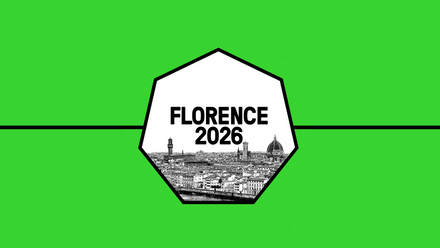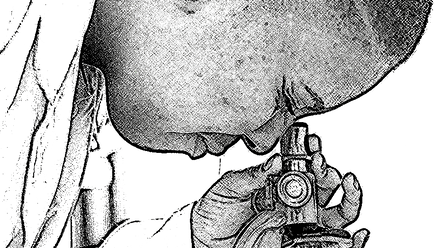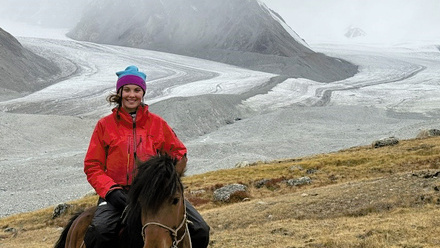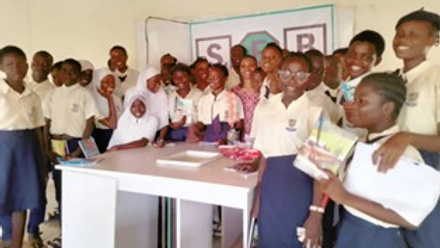Travel Grants to Go
Austin travelled to Tampa Bay, Florida, USA to attend the Society for Integrative and Comparative Biology 2019 Annual Meeting and present his research entitled “The role of surface lipids in the self-cleaning ability of gecko subdigital adhesive pads”.
Talking about his research on the effect of surface lipids in the self-cleaning ability of gecko subdigital adhesive pads, Austin explained that the study highlights the multifunctional capacities of the gecko adhesive system, which are not only important ecologically, but also important to the design and fabrication of multifunctional gecko-inspired synthetic adhesives.
“Recently, phospholipids have been discovered on the setal surfaces of the gecko adhesive system. These surface lipids have been hypothesized to affect a number of properties of gecko adhesive setae, including underwater adhesion/superhydrophobicity, ease of release, wear prevention, fibril condensation, and self-cleaning. Presently, surface lipids do not affect the adhesion of gecko toe pads underwater or their anti-wetting properties. Interestingly, however, removal of surface lipids directly results in increased adhesion on dry, hydrophilic surfaces, suggesting that removal of the surface lipids corresponds to subsequent increases in setal surface energy.
A potential increase in setal surface energy could have detrimental effects on many of the above-mentioned properties. Indeed, the surface energy of setae is critical in the self-cleaning property of gecko toe pads, as the adhesion energy between setae and dirt particles is generally lower than the adhesion energy between dirt particles and the substrate” says Austin.
As his research is highly interdisciplinary and incorporates a variety of fields (e.g. biomechanics, functional morphology, materials science, physics), Austin was keen to present this to fellow researchers attending the Society for Integrative and Comparative Biology Annual Meeting due to it potentially having a significant impact on current research in these fields.
“Over 2,000 participants attended the SICB Annual Meeting, held in Tampa Bay, Florida, USA. About 1,800 presentations were distributed across 4 days of the conference with topics ranging from biomechanics to physiology to ecology/evolution.
SICB Annual Meeting is an incredibly supportive conference for students and early researchers alike. It may seem intimidating to approach the “big wigs” and introduce yourself and your research, but senior researchers are almost always happy to have conversations with students! Each year, I not only find myself learning new techniques and knowledge that aid in my research and studies, but also many skills that will help build my future career” says Austin.
“This year I learned about an interesting gel-based profilometry method for examining the topography of rough surfaces. Considering my interest in the morphology, performance, and evolution of lizard adhesive toe pads and how surface roughness impacts adhesion, this technique may be of particular use in my future research.
The plenary speaker, Dr. Peter Wainwright, gave the plenary lecture on the opening day of the conference entitled, “Key innovation and diversity in fish jaws: A SICB story”. Here, Dr. Wainwright discussed the evolution and subsequent diversification events in fishes with pharyngognathy, an important modification to the pharyngeal jaws in fish that allow for greater bite force.
In addition to the fascinating talks, I had the opportunity to meet or catch up with many interesting people such as Paul Maderson, one of the first researchers to document the morphology and histology of the adhesive structures found on the toe pads of gekkonid lizards with who I discussed some of our recent work investigating the role of phospholipids on gecko self-cleaning.
This conference and symposium was a fantastic opportunity to not only discuss my recent research but also hear from other researchers in the field of biological adhesion.”





